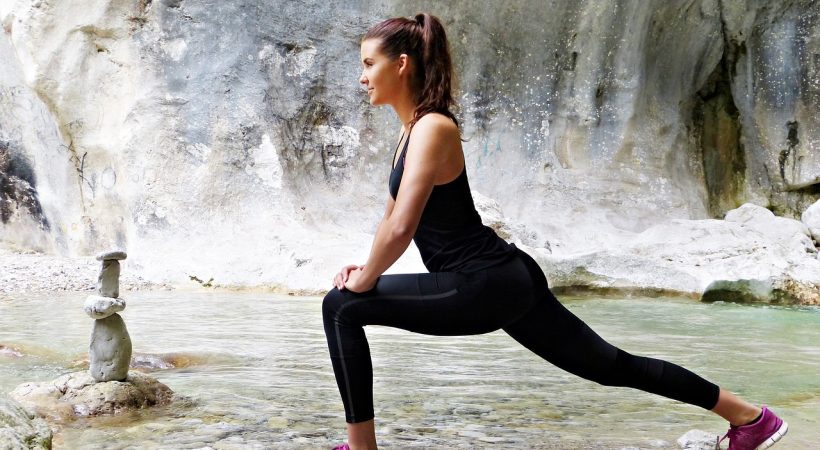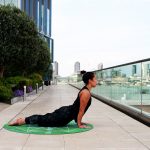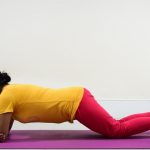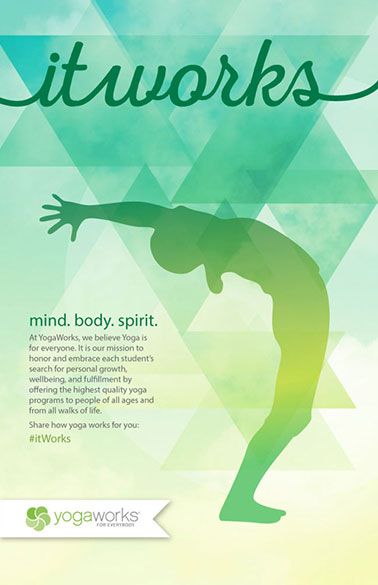Stretching can relieve back pain, stiff necks and sore knees

Stretching promotes flexibility and helps your joints maintain a healthy range of motion—and in doing so, also lowers the chances of joint and muscle strain.
But how often should you stretch? How long should you hold a stretch? And how many times should you do each stretch?
A panel of experts convened by the American College of Sports Medicine (ACSM) reviewed a wide range of studies to help answer these questions. Stretching has been studied much less rigorously than other forms of exercise, so the science is not as strong. But, based on the evidence, the panel agreed that:
- Healthy adults should do flexibility exercises (stretches, yoga, or tai chi) for all major muscle-tendon groups—neck, shoulders, chest, trunk, lower back, hips, legs, and ankles—at least two to three times a week.
- For optimal results, you should spend a total of 60 seconds on each stretching exercise. So, if you can hold a particular stretch for 15 seconds, repeating it three more times would be ideal. If you can hold the stretch for 20 seconds, two more repetitions would do the trick.
Virtually every activity you do relies on ease of motion. Stretching can help in numerous ways. It can often relieve back pain, stiff necks, and sore knees when tight muscles are to blame. It can counteract too much sitting whether you’re doing it for work or a pleasurable activity. If you’re a runner, a tennis player, a golfer, a hiker, or a biker, the right stretching program may set you on a path toward better performance. And as you age, stretching can help keep you active and flexible, making it easier to accomplish innumerable everyday tasks involving walking, climbing stairs, or reaching.
While it’s tempting to skip right to the stretches, it’s best to think about safety first. These will help you make the best flexibility gains possible, while reducing your risk of injuries.
- Warm up first. Much like taffy, muscles stretch more easily when warm. It can be as simple as marching in place with arms swinging for five minutes or dancing to a few songs. Moist heat packs or a warm shower are effective first steps, too.
- Feel no pain. Stretch only to the point of mild tension, never to the point of pain. If a stretch hurts, stop immediately! Reset your position carefully, then try again. With time and practice, your flexibility will improve.
- Pay attention to posture and good form. Posture counts whether you’re sitting, standing, or moving. Good form translates to better gains in flexibility and less likelihood of injury when stretching tight muscles.
- Focus on the muscle being stretched. You’ll notice that one side of your body often is tighter than the other. Work on balancing this over time.
- Breathe. Breathe comfortably while stretching, or use yoga breathing. Whatever you do, don’t hold your breath while you are holding a stretch.
Practice often. You’ll make the best gains if you stretch frequently—daily, or on as many days of the week as possible. At the very least, aim to do stretches two or three times a week. Information courtesy:Harvard Medical School















